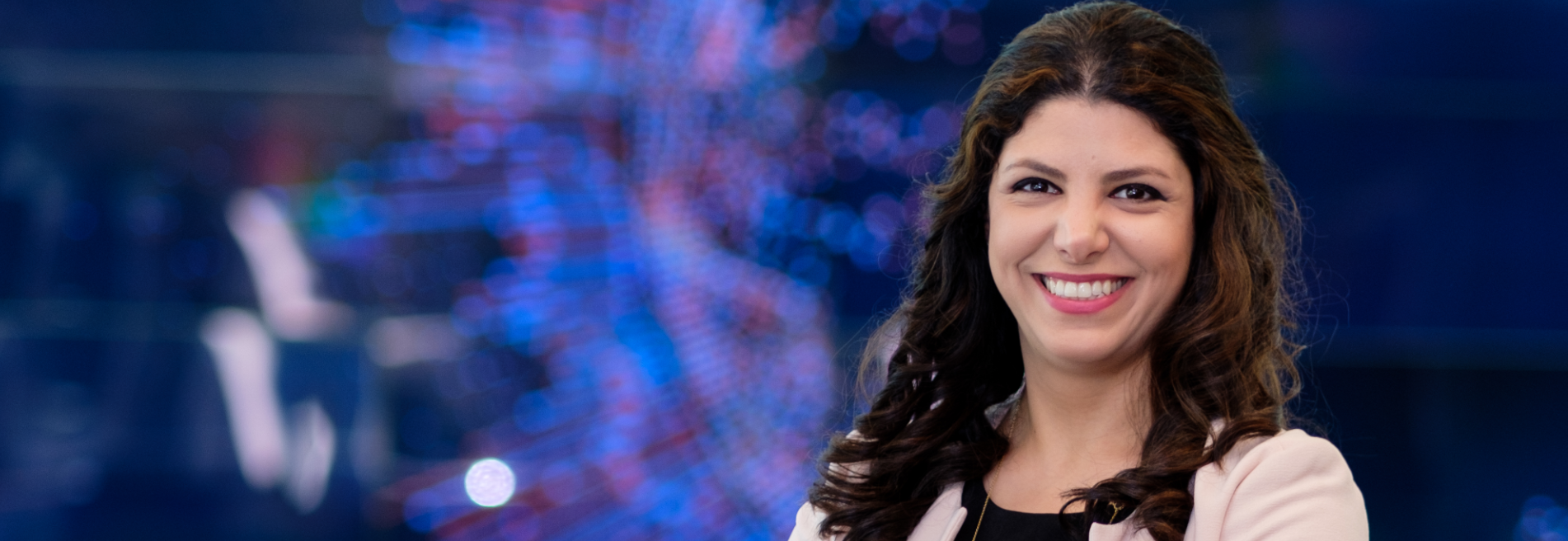More than 120 high school teachers from all over New Zealand flew to AUT in late 2018 to attend the Computer Sciences for High School (CS4HS) programme designed to help them upskill in practical applications of digital technologies for teaching.
With smartphones shaping our daily lives and ideas like artificial intelligence quickly moving from the realm of science fiction into reality, it is apparent that digital technologies and disruption are upon us. “We really have to work hard to adapt. New times require new skills,” says AUT lecturer Dr Mahsa Mohaghegh, who is also the director and organiser of CS4HS. This is especially so for teachers after the introduction of the new digital technology curriculum for schools in early 2018.
Recognising a need to support high school teachers in this area, Mahsa, a previous Google leadership scholarship recipient, applied for a highly competitive grant from the tech giant to host CS4HS. She was one of only four people in New Zealand to be awarded the grant in 2018.
The CS4HS workshops target teachers of science, technology, engineering and maths subjects, upskilling them in practical applications for digital technology in their teaching practice.
“Our secondary school teachers are some of the most important and influential people to our next generation, and making sure they have the best resources and skills is a great effort to be part of,” says Mahsa.
The programme received strong support from its sponsors – 2018 sponsors include the Ministry of Education, Auckland’s Museum of Transport and Technology (MOTAT) and online digital technologies education service Code Avengers. AUT has been a programme sponsor for two years.
Mahsa says the synergy between industry and university is essential in shaping and creating a workforce of the future that is made up of highly skilled graduates who are adept at using digital technologies.
“85% of jobs in 2030 do not exist yet, so we are actually dealing with a lot of unknowns. However, we do know that the future will be highly impacted by digital technologies, so linking with industry will help us find out about the things they do and the skillsets they need; this will really help us tailor what we teach our students at the university level.”
The event featured a combination of keynotes and interactive sessions in areas such as virtual and augmented reality, the internet of things and video games that can help students learn coding. The two-day workshop is followed up by year-long support for teachers to implement what they learned.
The synergy between industry and university is essential in shaping and creating a workforce of the future that is made up of highly skilled graduates who are adept at using digital technologies.
According to Mahsa, the programme has made its first foray into engaging Māori learners in 2018, with a session focusing on tailoring programming and computer science to make it relevant to them. One of the connections that Mahsa has made through Google is Naomi Manu (a keynote speaker at the event), the founder and director of Massey University’s Pūhoro STEM Academy which is a science, technology, engineering and maths programme launched to improve Māori capability and leadership.
The response to the programme has been extremely positive not just from the teachers, but also from Google, who shared news about it on their blog.
Approximately 90 percent of participants had returned from the 2017 workshop, saying they enjoyed the workshop’s practical content, stimulating addresses and new ways of presenting material.
Besides being involved in CS4HS, Mahsa is also the director and founder of She Sharp, a non-profit platform for connecting women in technology. She was selected as one of the 10 semifinalists in the 2018 New Zealander of the Year Awards in recognition of her efforts. Sponsors for She Sharp include AUT and Google.
Websites: www.cs4hs.aut.ac.nz and www.shesharp.co.nz

